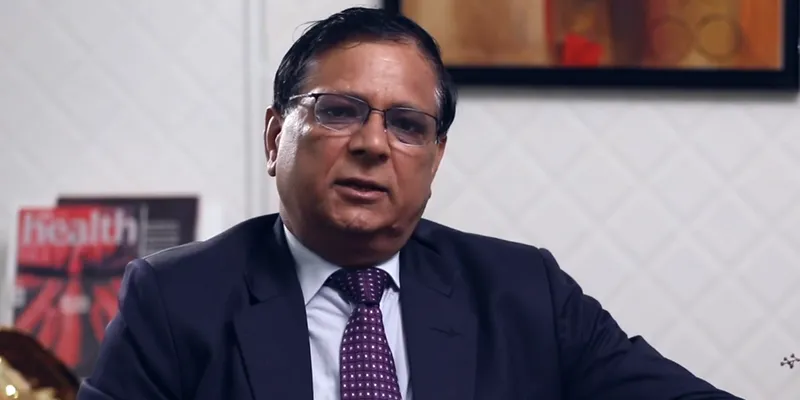How Bank of Baroda is providing MSMEs with easy access to affordable credit
Started in 1908, public sector bank Bank of Baroda is a key institution in the execution of the government's schemes for MSMEs.
Micro, Small, and Medium Enterprises are the backbone of India’s economy but access to affordable credit is the biggest challenge they face. Ninety-five percent of companies in India are micro enterprises, according to Dun & Bradstreet Research.
This is because only four percent of MSMEs have access to a formal source of finance which can help them grow.
To address this, the government has launched several schemes such as Prime Minister Employment Generation Programme (PMEGP), Credit Guarantee Trust Fund for Micro & Small Enterprises (CGTSME), Pradhan Mantri MUDRA Yojana, and more.
Started in 1908, public sector banking and financial services company Bank of Baroda is a key institution in the execution of these financial schemes.
KP Singh, Head, MSME and government relationships, Bank of Baroda, tells SMBStory:
“One issue for MSMEs is that their financials are strong but they are not presented accurately. If they have an annual revenue of Rs 50 crore, they may not report it accurately because they don’t segregate between personal and business accounts. Thus it is tough to give loans based on turnover of MSMEs.”

KP Singh, Head, MSME and government relationships, Bank of Baroda
Despite this, the bank is actively working to provide funding schemes for all commercial enterprises, including those outside the regulatory definition of MSME but having a turnover of up to Rs 150 crore. It offers schemes such as Baroda SME loan pack, MSME capex loan, SME short term loan, and SME long term loan.
Interest and collateral
Providing collateral against loans is often seen as challenging for MSMEs.
“But for Bank of Baroda, collateral is not a problem area because CGTMSE (collateral-free loans) is there for loans of up to Rs 2 crore, and we are promoting this,” Singh says.
And for the bank’s loan schemes, the collateral or security is not predefined. Singh says that while the regular rate of interest starts at 8.65 percent, lower interest rates are given for loans upto Rs 5 crore to MSMEs which have a good CIBIL MSME Rank (CMR).
“And for loans above Rs 5 crore, interest is linked to their financials,” he adds.
Being a public sector bank, it is easy to disburse loans based on government targets. But the bank gives loans based on business potential rather than government targets, Singh says, adding that the bank also has scoring models which help it make better decisions.
Pan-India focus
The bank has a strong focus on tier II and tier III cities, and it has started sanctioning MUDRA loans at district levels through specialised branches. “Bank of Baroda’s MSME focus was previously on India’s western regions but is now pan-India,” Singh says.
The bank now has 42 SME loan factories, which process and sanction loans, and 38 of these are in tier II and tier III cities.
And when the national portal for 59-minute loan approval upto Rs 1 crore was started, Bank of Baroda was an early mover. It was among the first to approve and disburse loans to SMEs on the portal, Singh says. “Here, we are taking only CGTMSE and are ranked number one, which shows we are a customer-focussed business looking to achieving our targets,” he explains.
With this model of SME lending, Bank of Baroda has kept the prevalence of Non-Performing Assets (NPAs) under control.
“While NPAs are a general issue for the lending industry, they are reducing for us in the past one year and they will continue to decrease,” he says.
Notably, Bank of Baroda also started Hunnarbaaz, a national television programme on Doordarshan channel which celebrates entrepreneurs who have benefitted from the schemes.
Singh says the major intention is to educate and motivate the public about entrepreneurship and the schemes available to make their business ideas a reality.
For more information Bank of Baroda's schemes and government schemes, click here.




1553513648536.png?fm=png&auto=format&h=100&w=100&crop=entropy&fit=crop)




